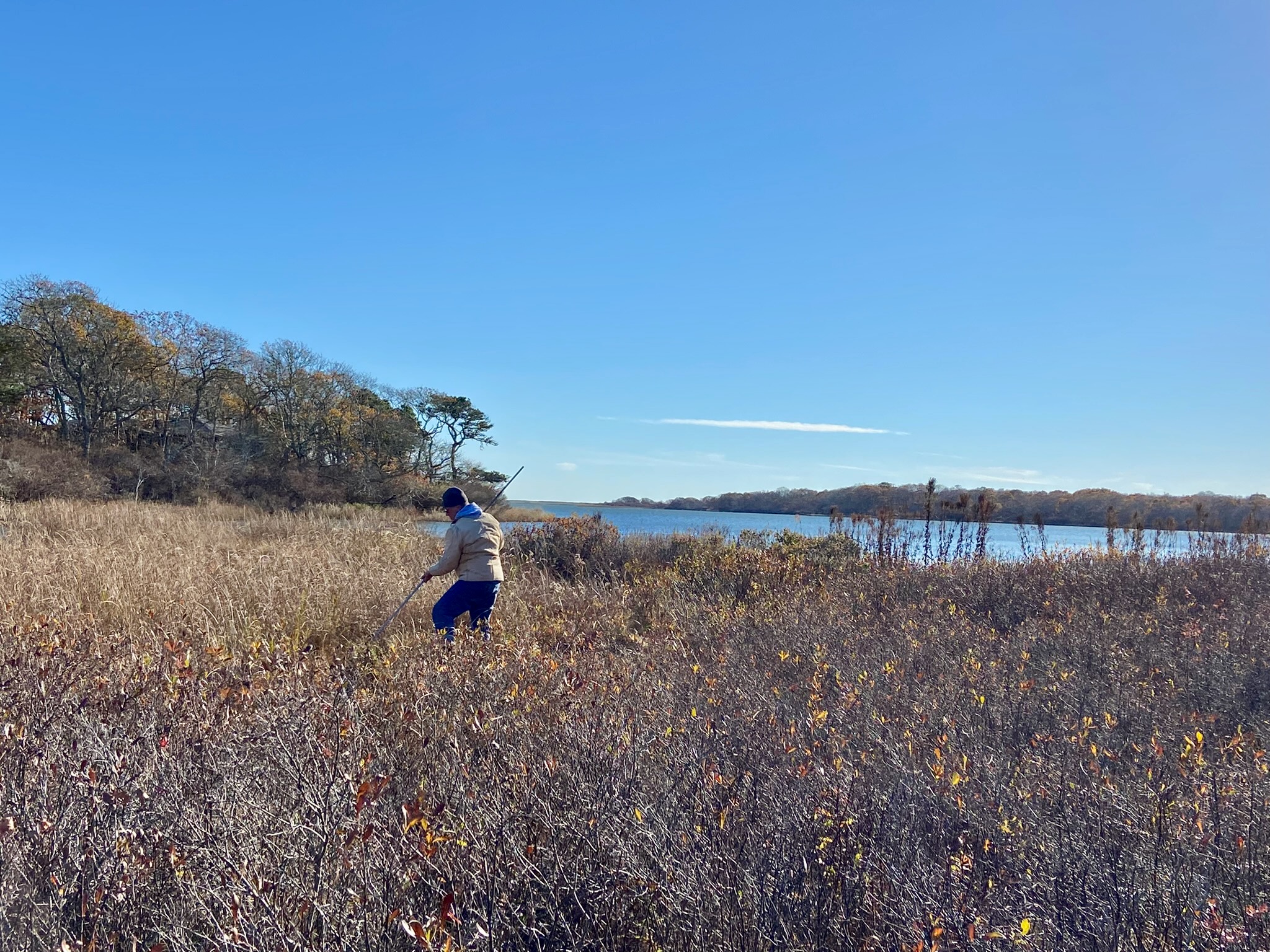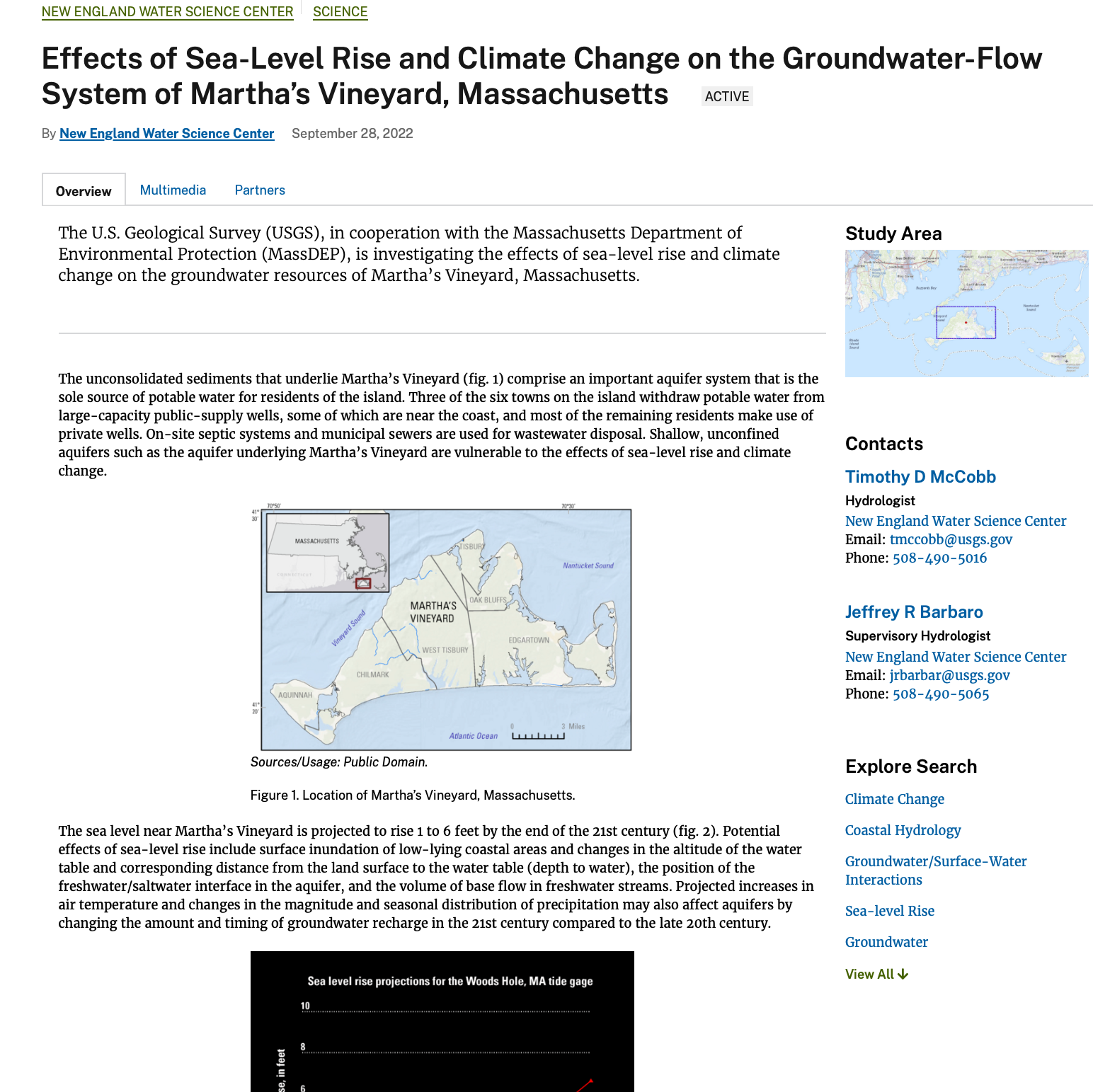According to the recent article in the New York Times, the US is consuming groundwater “like there is no tomorrow”.
According to USGS (US Geological Survey)
Groundwater is water that exists underground in saturated zones beneath the land surface. The upper surface of the saturated zone is called the water table.
Contrary to popular belief, groundwater does not form underground rivers. It fills the pores and fractures in underground materials such as sand, gravel, and other rock, much the same way that water fills a sponge. If groundwater flows naturally out of rock materials or if it can be removed by pumping (in useful amounts), the rock materials are called aquifers.
Groundwater moves slowly, typically at rates of 7-60 centimeters (3-25 inches) per day in an aquifer. As a result, water could remain in an aquifer for hundreds or thousands of years. Groundwater is the source of about 40 percent of water used for public supplies and about 39 percent of water used for agriculture in the United States.
USGS What is Groundwater?
The Island community is very fortunate, because the USGS is currently studying the groundwater of Martha’s Vineyard. The USGS team is in the 1st year of a 3-year study and has partnered with the MA DEP to identify the freshwater/saltwater interface on the Island and project how the groundwater will change with a changing climate in a project entitled: Effects of Sea-Level Rise and Climate Change on the Groundwater-Flow System of Martha’s Vineyard, Massachusetts
Learn more about this incredible work and the team behind it by visiting the USGS website:

In addition to the groundwater modeling with of the USGS, the Marine Biological Laboratory, located in Woods Hole, continues to partner with Great Pond Foundation to measure and locate nitrogen pollution in groundwater surrounding our Great Ponds.
A first phase of this study indicates that >50% of nitrogen in our Great Ponds is coming from wastewater and the next greatest contributor is fertilizer. The bad news is that humans caused this problem. The good news is that humans can fix it.
Vineyard Conservation Society provides wonderful resources about having a naturally beautiful Vineyard Lawn. MBL Scientists are in the process pinpointing the greatest sources of nitrogen pollution around Edgartown Great Pond and Chilmark Pond, in partnership with Chilmark Pond Foundation, by measuring the concentration of groundwater nitrogen and identifying its source with isotopes.


